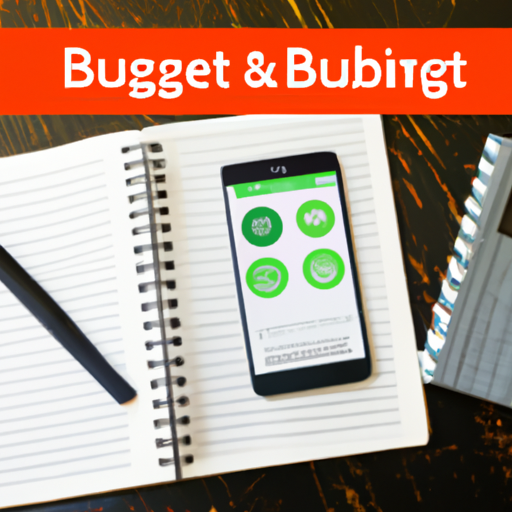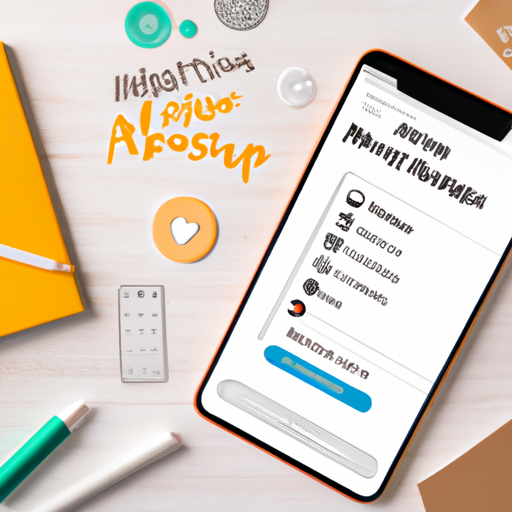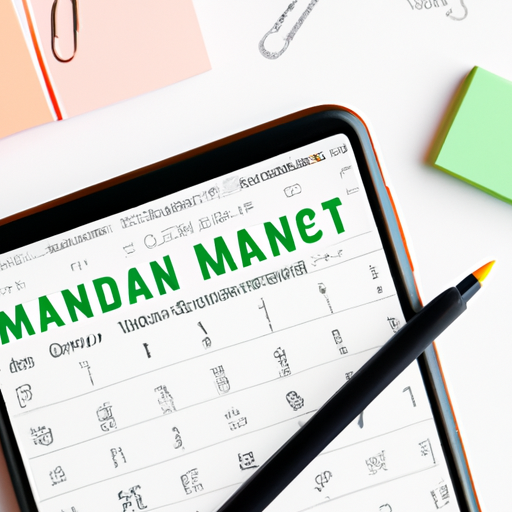Budgeting Apps vs Traditional Methods: Which One Works Best?
In today’s digital age, managing personal finances has become more accessible than ever. With the emergence of budgeting apps, many are left wondering how they compare to traditional methods like spreadsheets or pen-and-paper. This article dives deep into the advantages, drawbacks, and key differences between budgeting apps vs traditional budgeting to help you make the best choice for your financial well-being.
Understanding the Basics: What Are Budgeting Apps?
Budgeting apps are digital tools designed to help users track income, expenses, and savings. These apps often come with features like real-time expense tracking, automatic categorization, reminders, and financial goal setting. Popular examples include YNAB, Mint, and EveryDollar. The rise of personal finance apps has made it easier than ever to get a snapshot of your financial health within seconds.
Key LSI Keywords for Budgeting Apps vs Traditional Methods
- Best budgeting tools for beginners
- Manual budgeting vs apps
- Digital vs paper budgeting
- Pros and cons of budgeting software
- Expense tracking solutions
- Budget planner comparison
Traditional Budgeting Methods: A Closer Look
Traditional budgeting involves manual tracking of your income and expenses, often using a notebook, ledger, or spreadsheet. While these methods require more effort, they offer a hands-on approach to managing money. Many people find satisfaction in physically writing down transactions and calculating balances, which can lead to a deeper understanding of spending habits.
Common Traditional Budgeting Methods:
- Envelope system for budgeting
- Zero-based budgeting with spreadsheets
- Manual expense tracking in journals
Budgeting Apps vs Traditional Methods: Side-by-Side Comparison
| Feature | Budgeting Apps | Traditional Methods |
|---|---|---|
| Ease of Use | Automated tracking, intuitive interface, syncs with bank accounts | Manual entry, requires time and effort, risk of human error |
| Accessibility | Available on smartphones, tablets, and desktops | Requires physical storage, not easily accessible on the go |
| Customization | Multiple templates, categories, and financial goals | Fully customizable but can be time-consuming |
| Security | Uses encryption and secure servers, but dependent on app security | No online risk, but vulnerable to loss or damage |
| Cost | Free or subscription-based, some in-app purchases | Mostly free, costs limited to supplies |
| Learning Curve | User-friendly for most, but some features may require learning | Simple but can be tedious for complex finances |
Pros and Cons: Budgeting Apps vs Manual Budgeting
Advantages of Budgeting Apps
- Instant access to spending insights and reports
- Automated syncing with financial accounts
- Goal tracking and reminders for bill payments
- Multiple device access
- Visual dashboards and spending breakdowns
Drawbacks of Budgeting Apps
- Potential security concerns with data storage
- Subscription fees for premium features
- May not suit those who prefer hands-on control
- Reliance on internet connectivity
Advantages of Traditional Budgeting
- Greater control and awareness of finances
- Fully customizable to individual needs
- No risk of digital data breaches
- Minimal or no ongoing costs
Drawbacks of Traditional Budgeting
- Time-consuming and manual calculations
- Higher risk of errors or lost records
- Difficult to generate reports or analytics
- Limited access when away from home
How to Choose: Digital Budgeting Tools or Manual Budgeting?
Choosing between budgeting apps vs traditional budgeting methods depends on your personality, financial goals, and lifestyle. Here are some questions to help you decide:
- Do you prefer seeing your finances at a glance with visual dashboards?
- Are you comfortable with technology and online tools?
- How much control do you want over your data and process?
- Do you need portability and access on the go?
- Is cost a major factor for you?
For tech-savvy users seeking convenience and automation, budgeting apps are typically the best budgeting tools. On the other hand, if you’re detail-oriented and value privacy, manual budgeting or spreadsheets may suit you better.
Tips for Successful Budgeting (No Matter the Method)
- Review your budget regularly and adjust as needed
- Set clear and realistic financial goals
- Track all sources of income and expenses
- Don’t be afraid to switch methods if your needs change
- Take advantage of free resources and templates
Conclusion: Finding Your Perfect Budgeting Solution
Ultimately, the debate of budgeting apps vs traditional methods comes down to personal preference. Each approach has its strengths and weaknesses, and your choice should align with your habits and goals. Whether you opt for a digital budget planner or stick to the tried-and-true pen-and-paper method, the most important factor is consistency. Start with the method that feels most natural, track your progress, and adjust as your financial journey evolves.



